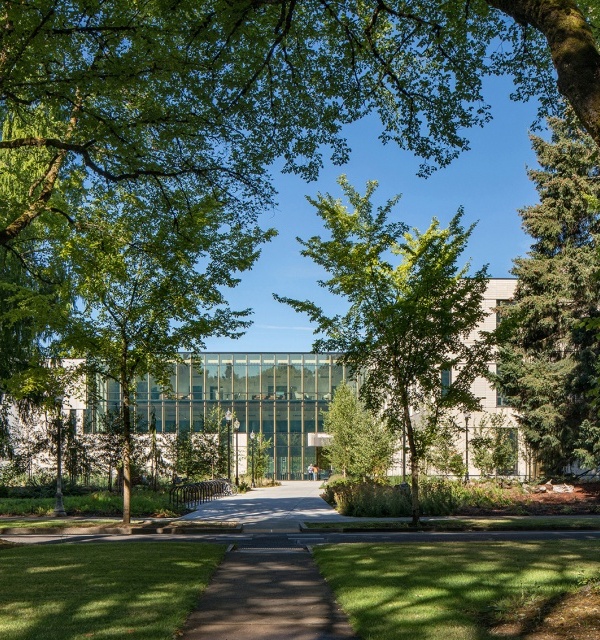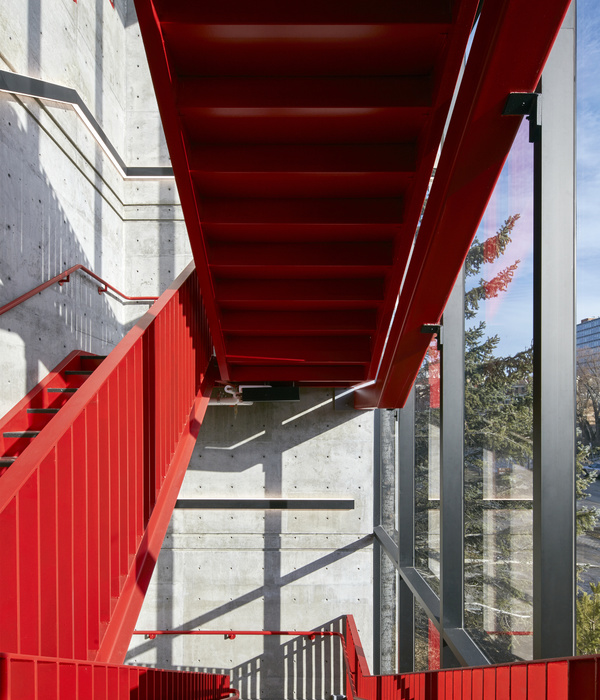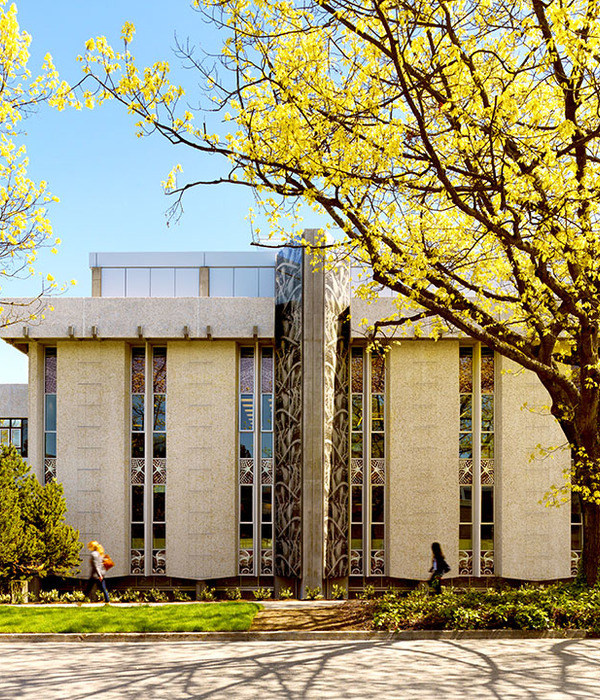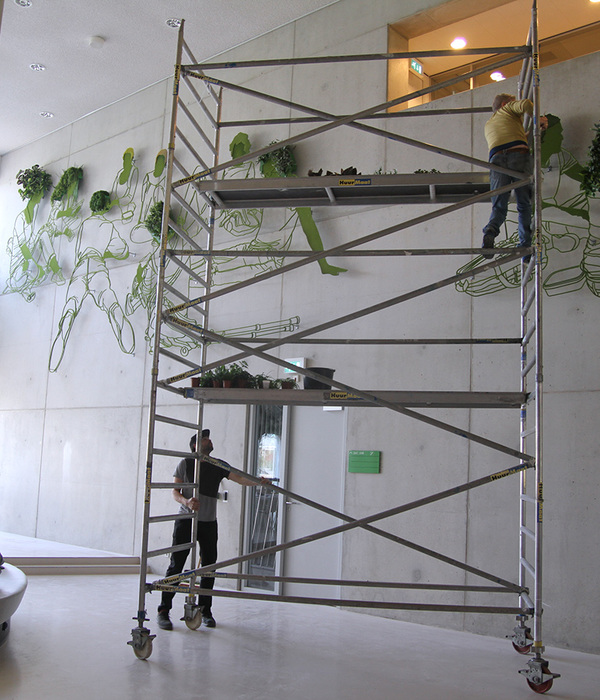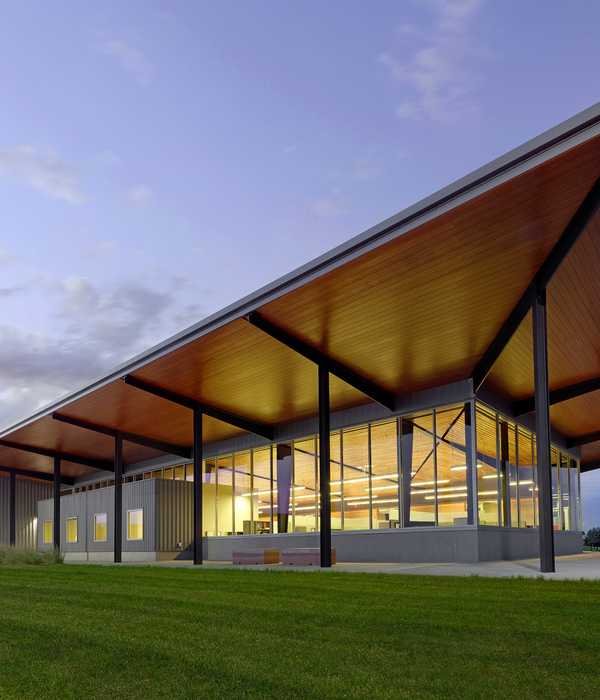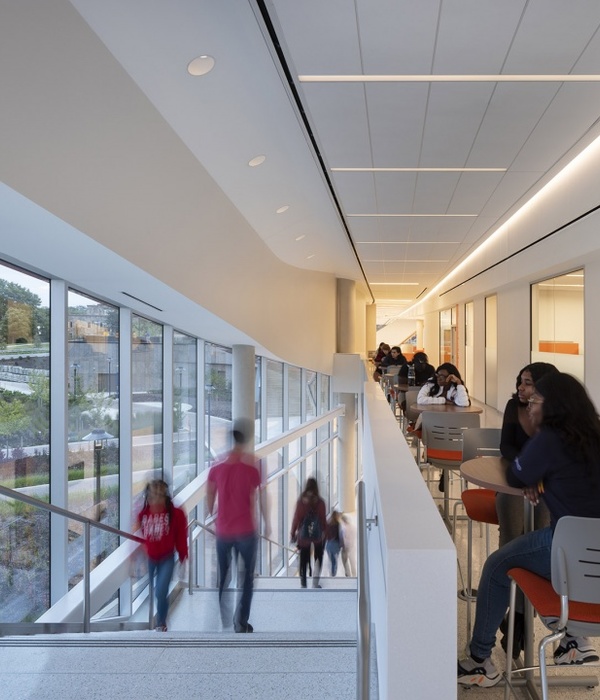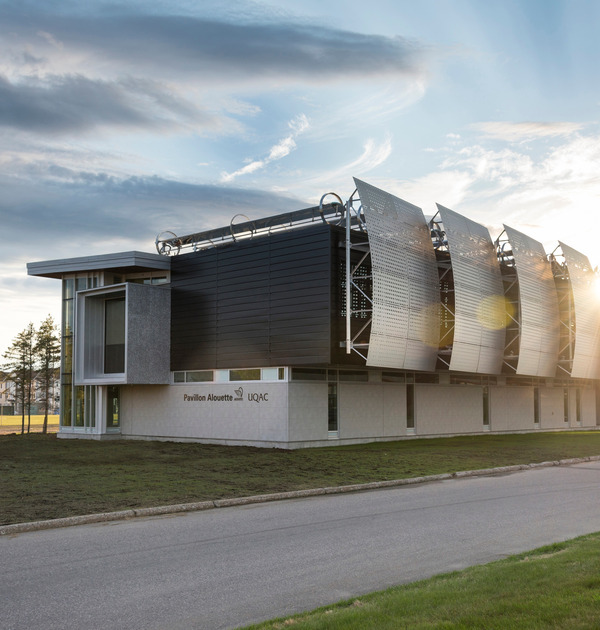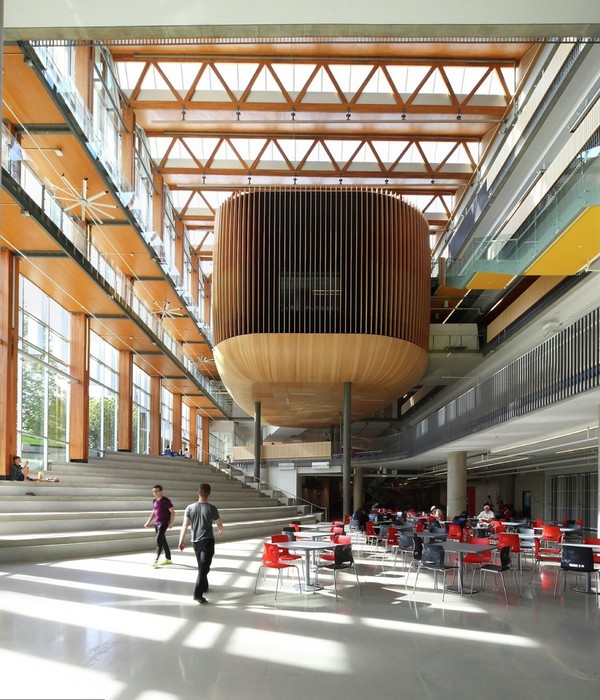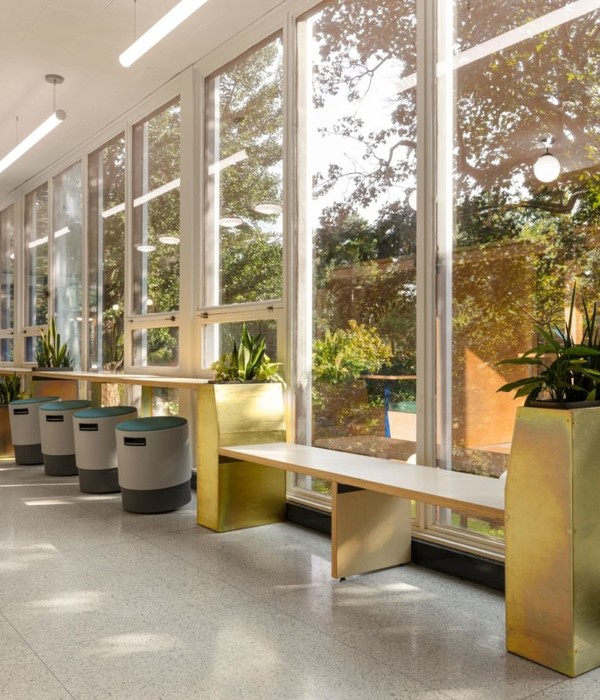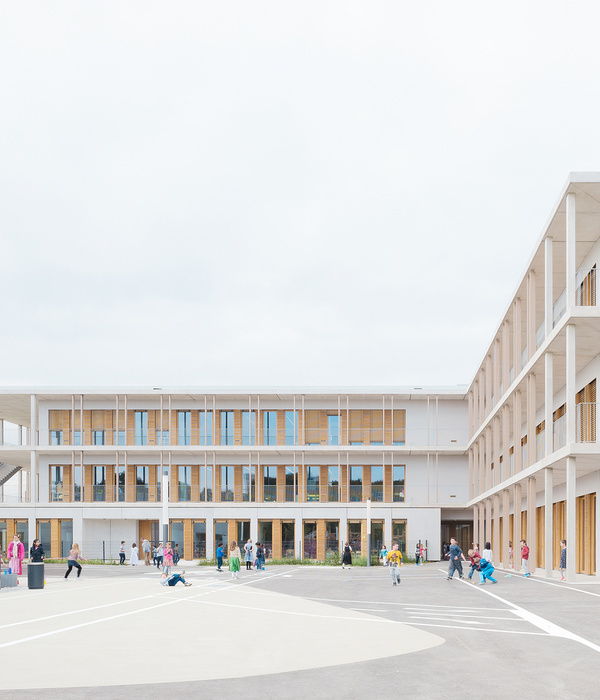▲ 区域性管理与资金筹备 Regional Governance and Funding
ROSS team与政府及非政府组织领导人合作建立起组织战略,为绿色基础设施策略的扩张和实施获取资金,通过双方努力实现跨区域开放空间的连接与用地性质的调整。
The ROSS team worked with governmental and NGO leaders to craft an organizational strategy to expand, fund, and implement the regional green infrastructure strategy, working in both sectors to coordinate connected open space and land use decisions across jurisdictional boundaries.
Photo Credit: University of Washington Green Futures Lab
Context
The Central Puget Sound region is comprised of eight major watersheds and four counties in the Greater Seattle Metropolitan Area, stretching from the crests of the Cascade Mountains to the shorelines of Puget Sound. The current and expected population growth is projected to severely strain the region’s natural resources, threatening the environmental assets that have defined the region and fueled its economic growth and quality of life. While numerous efforts are aimed at protecting and restoring Puget Sound landscapes and waters, government and non-profit initiatives have been uncoordinated and inadequately funded to confront major challenges at an effective scale. While conservation and enhancement of the region’s landscapes can help to provide resilience to challenges such as climate change, biodiversity loss, and health equity, current economic and natural resource decision-making processes fail to account for the full value of natural capital, leaving open space investments consistently under-funded and under-prioritized.
Project Overview and Goals
The Regional Open Space Strategy (ROSS) is a collaborative effort led by landscape architects and planners to integrate and elevate the many activities underway to conserve and enhance the ecological, economic, and cultural vitality of the Central Puget Sound region. With a collective, integrated vision and coordinated system, planners and decision-makers will be able to consider actions in light of their regional significance and priority, potentially drawing greater investment to the region’s infrastructure, and more efficiently use available resources. Accounting for the full values that open spaces yield will recognize multi-benefit potential and inform landscape planning and investment.
To achieve this, the ROSS adopted four primary goals:Envision a robust, connected regional open space system and identify priority projects;
Improve regional coordination;
Expand and apply analytical tools to measure and convey open space value; and
Cultivate a regional advocacy and governance community, including private, non-profit, and governmental stakeholders.
For the past five years, the ROSS has advanced an all-embracing definition of “open space,” incorporating recreational spaces and trails, healthy ecosystems, working landscapes such as farms and forests, and community parks and open space amenities. The project began with development of a “Preliminary Comprehensive Strategy,” which engaged over 100 stakeholder representatives to identify the desired qualities of a regional green infrastructure system and to create a process roadmap for establishing such a system. That plan recommended working with communities at the scale of individual river watersheds contributing to Puget Sound, while simultaneously developing tools and processes to measure and emphasize regional connections and to merge visions and prioritized actions into a regional whole. The Preliminary Strategy called for an integrated spatial vision that optimizes open space benefits, applying landscape ecology and ecosystem services concepts to guide decision-making and promote open space conservation values, from urban to rural to wild.
Valuing the Region’s Landscapes to Address Regional Challenges
The ROSS team and its partners defined five regional challenges for which open space could contribute solutions: biodiversity conservation; climate change; social equity; health; and economic vibrancy. We convened expert task forces to develop “green” papers documenting the role of open space in addressing each of these regional challenges, posted on the project’s website. The team identified sixteen categories of “open space services,” adapted from the traditional ecosystem services rubric, to provide a valuation format that better incorporates social and cultural benefits. Using this framework, staff worked with economists to quantify the economic value of the 4-county region’s existing open spaces. The model indicates the contribution of open spaces to the economy of between $11- $25 billion annually, and with an asset value of approximately $825 billion. The team and partners created a prototype of an interactive GIS web tool to model and convey the open space services delivered by the region’s landscapes, including their relevance to addressing the five regional challenges; the full tool buildout is currently in process and is expected to be freely available in the fall, to inform open space conservation and enhancement scenarios and decision-making.
Watershed Open Space Strategies
Working with local governmental and advocacy groups, the ROSS team produced three Watershed Open Space Strategies (WOSSes) to identify targeted local strategies, projects, and actions that would inform development of the overarching Regional Strategy. Prioritized projects were those that would require outside assistance and collaboration, would contribute most to the development and function of the inter-watershed, regional open space system, and which would provide maximum open space values. While each of the three watershed studies employed different processes that reflected the unique
,更多请至:
{{item.text_origin}}



